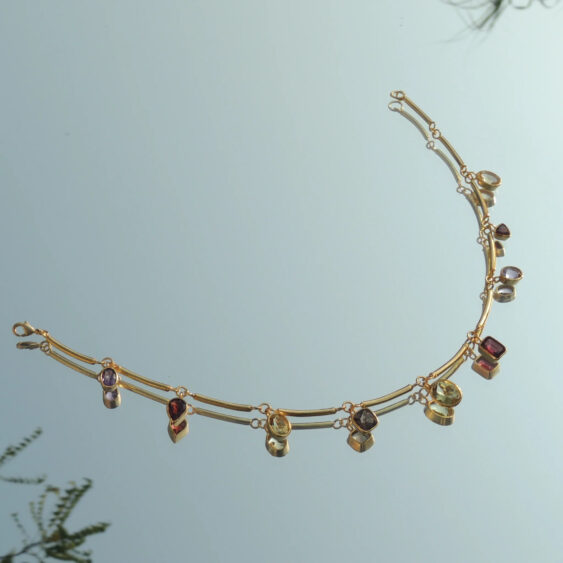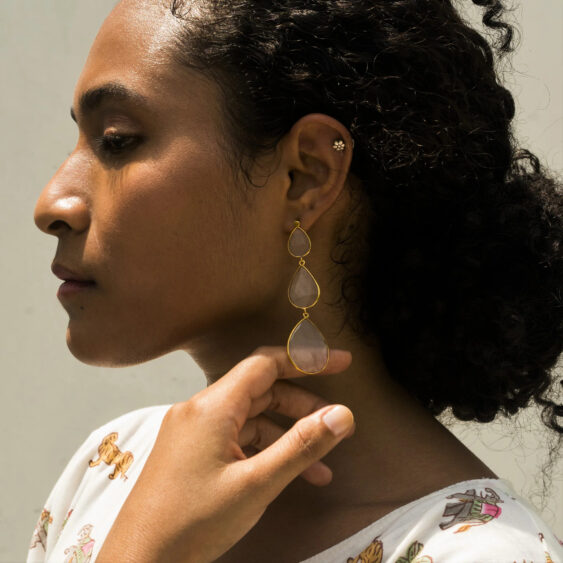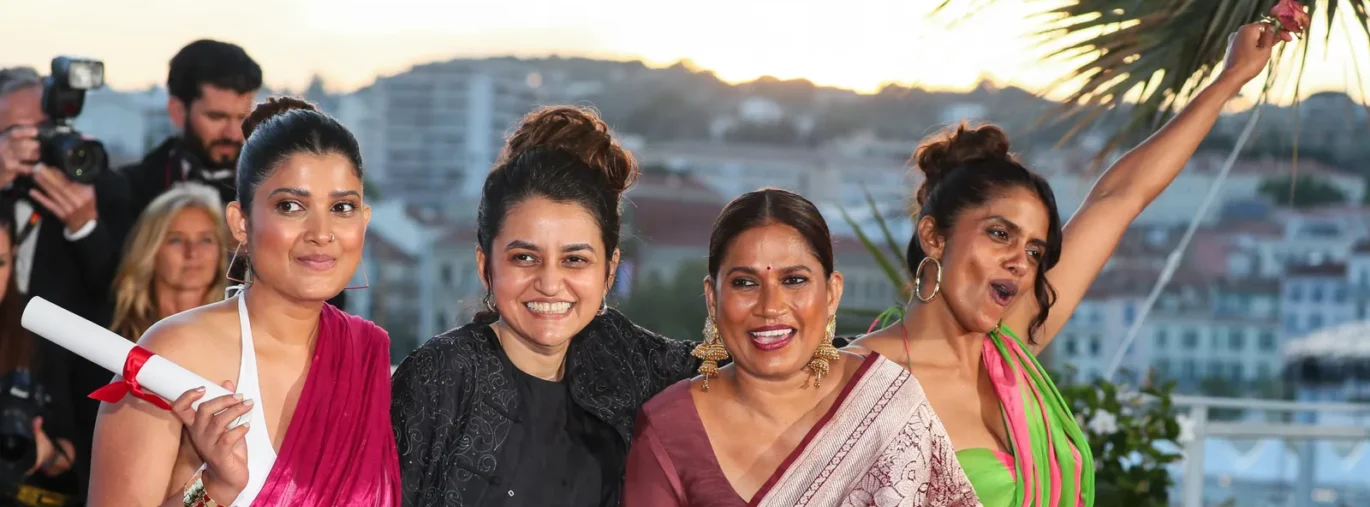
For decades, the Cannes Film Festival has stood as one of the most highly anticipated red-carpet events. But, while it is traditionally associated with film gatherings and holds immense prestige for critically acclaimed directors and actors, the event has also gained recognition for its notable fashion moments. Since its inception, a parade of attendees clad in luxury labels and international names have descended the French Riviera. However, while film and fashion continue to be focal points of the festival, recent years have witnessed a significant shift—veering away from the rulebook and embracing more global perspectives. Stepping beyond the lineup of names solely associated with films, the 10-day festival now includes well-known influencers on the red carpet. And while they currently remain a topic of discussion on social media, Cannes is also making headlines for all the right reasons—emphasising representation, recognition, and repurposing.
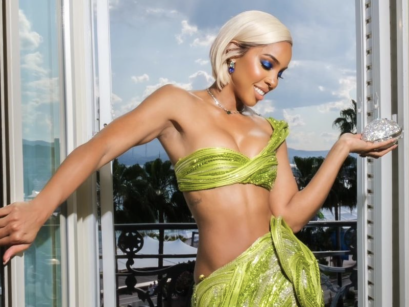
Kelly Rowland in Gaurav Gupta
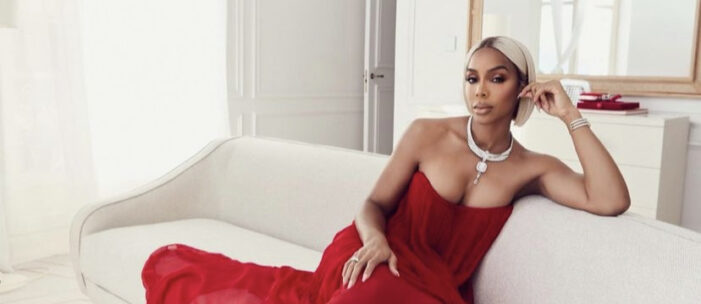
Kelly Rowland in Anamika Khanna
While events such as Cannes have always demanded conspicuous looks, this year’s edition of the festival turned heads to a different light. Actors such as Ratna Pathak and Chhaya Kadam won over the fashion fraternity with a bold departure from the norm. Both the actresses made a statement by looking back instead, at their own wardrobe and Indian roots. Pathak, who was at the screening of filmmaker Shyam Benegal’s 1976 film, Manthan, wore a a Chanderi saree from her personal collection, meanwhile, Kadam, a cast member of the award-winning film All We Can Imagine as Light, wore her late mother's saree, showcasing deft and rich Indian weaves. Celebrities were spotted re-wearing their personal wardrobe, an aspect that can certainly lead to normalizing repurposing.

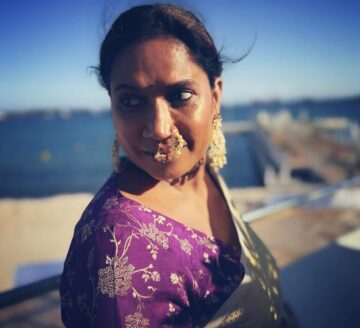
Chhaya Kadam wore her late mother's saree

Ratna Pathak wore a Chanderi Saree from her personal collection, paired with a blouse from re-ceremonial
Another noteworthy aspect of the Festival is the spotlight it placed on several homegrown names. The Indian audience in the past has typically been familiar with labels that continuously dominated the Indian fashion scene. However, with global attention focused on who-wore-what at the Cannes Festival, audiences closer to home and the West are also discovering emerging and niche Indian designers. While several influencers, Bollywood and Hollywood celebrities including Masoom Minawala, Aishwarya Rai Bachchan and Kelly Rowland turned heads in designs from Anamika Khanna, Falguni and Shane Peacock, Gaurav Gupta, Amit Aggarwal and more - names now familiar in international headlines and global fashion - some also chose to wear labels that are particularly celebrated for their traditional designs. Actress Aimee Baruah delivered a poignant look in a traditional Muga silk saree (Mekhela Sador) by Assamese designer Juthika, boasting motifs as old as 200 years rooted and in Indian heritage. Ratna Pathak paired her saree with a bespoke himroo blouse from re-ceremonial, designed by founder Aveet Anand. Chhaya Kadam’s benarsi silk lehenga from Warp ‘n’ Weft and singer Sunanda Sharma’s chanderi kurta salwar from Aikeyah caught the attention of several publications.
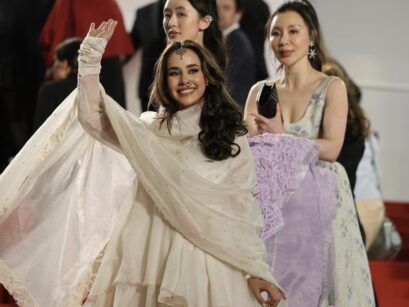
Singer Sunanda Sharma
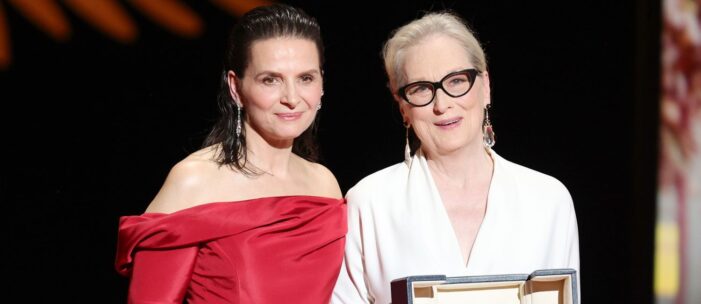
Meryl Streep in Hanut Singh earrings
While such moments have only recently started to gain traction, a closer look at the timeline reveals that our perspectives on appreciating traditional ensembles at international events have been contradicting. Celebrities like Vidya Balan, who have previously attended Cannes in traditional looks from Sabyasachi, have often faced criticism including remarks like ‘lack of experimentation', ‘boring’ and more. Nearly 11 years later, this dramatic shift in celebrity choices is prompting us to analyse and learn from our preconceived notions. Perhaps the Indian audience - due to its deep-rooted familiarity with traditional attires - has not been able to fully grasp its potential beyond its everyday worth. Our gradual shift towards Western attires has also contributed to overlooking the potential of our own garments to represent our identity and heritage. Apart from fashion, this year’s Cannes Festival also became a platform to highlight jewellery pieces from the most coveted Indian designer names. Meryl Streep complemented her sublime appearance with a timeless pair of Hanut Singh earrings, meanwhile, Jennifer Lopez wore a stunning emerald and diamond neckpiece from Manish Malhotra.
As the Cannes Festival concludes, it leaves us with a trail of thoughts to mull over, including the potential for creating similar spaces closer to home. Following the the success of the NMACC which included dignitaries and influential figures from across the globe, it is only befitting that such events hold the potential for innovation and provide visibility for both emerging talents and established designers. While India is already gaining global recognition when it comes to fashion such events could re-emphasize the abundance of Indian craftsmanship, textiles, and design in the country. It also underscores that events such as these allow us to talk about art, design and fashion at a larger scale. Moreover, while independent designers have typically remained confined niche consumers, such red- carpet moments showcase their designs beyond the traditional market and to a wider audiences.
